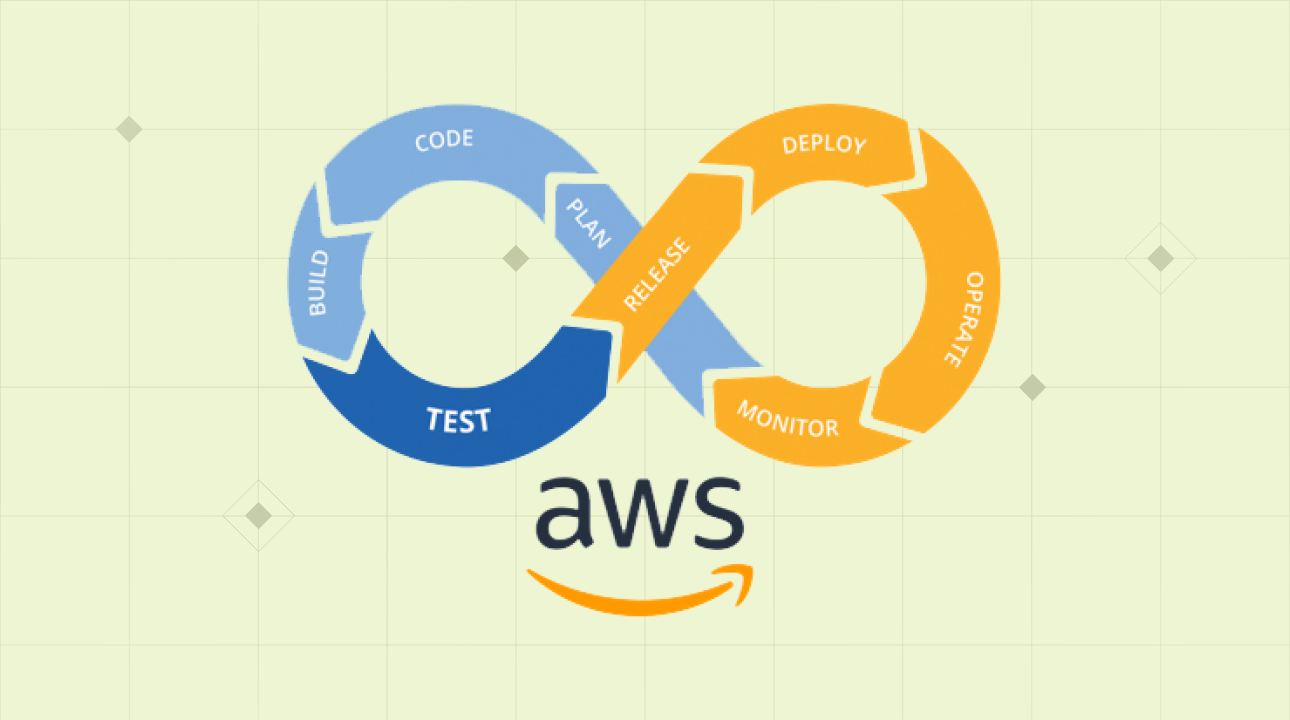Post date
May 19, 2024

DevSecOps, the integration of security into the DevOps pipeline, is essential for building and deploying secure applications rapidly. AWS provides a robust platform for implementing DevSecOps, offering a wide range of tools and services to automate security checks and processes.
Understanding DevSecOps
DevSecOps is a cultural shift that requires collaboration between development, security, and operations teams. It involves embedding security practices into the entire software development lifecycle, from planning and coding to deployment and operations.
Key Components of DevSecOps with AWS
Security by Design:
Incorporate security principles into the application architecture from the outset.
Leverage AWS Well-Architected Framework for guidance.
Use Infrastructure as Code (IaC) with tools like AWS CloudFormation or Terraform to define and manage infrastructure securely.
Continuous Integration and Continuous Delivery (CI/CD):
Integrate security testing into the CI/CD pipeline using tools like AWS CodePipeline.
Conduct static code analysis (SAST) and dynamic code analysis (DAST) to identify vulnerabilities early.
Utilize AWS CodeBuild for building and testing applications.
Implement security gates to prevent deployment of insecure code.
Identity and Access Management (IAM):
Implement the principle of least privilege to grant only necessary permissions.
Use IAM roles for AWS services instead of hardcoded credentials.
Regularly review and audit IAM policies.
Leverage AWS IAM Access Analyzer to identify potential access risks.
Security Testing and Automation:
Conduct regular vulnerability scanning using AWS Inspector or third-party tools.
Automate penetration testing with AWS Application Firewall or AWS WAF.
Implement security testing as part of the CI/CD pipeline.
Use AWS Config to monitor and audit resource configurations.
Monitoring and Logging:
Continuously monitor AWS resources and applications for security threats.
Utilize AWS CloudTrail for auditing and compliance.
Implement AWS Security Hub for a centralized view of security findings.
Leverage Amazon GuardDuty for threat detection.
Incident Response:
Develop an incident response plan.
Utilize AWS Security Hub for incident management and response orchestration.
Conduct regular security drills and simulations.
Best Practices for Implementing DevSecOps with AWS
Foster a Security Culture: Encourage collaboration between development, security, and operations teams.
Automate Security Tasks: Use AWS services to automate security checks and processes.
Prioritize Security: Treat security as a core component of the development process.
Continuous Learning: Stay updated on the latest security threats and best practices.
Regular Security Assessments: Conduct regular security audits and assessments.
By following these guidelines and leveraging AWS's robust security features, organizations can effectively implement DevSecOps and build secure, resilient applications.
Monday - Friday :
10:00 am - 07:00 pm